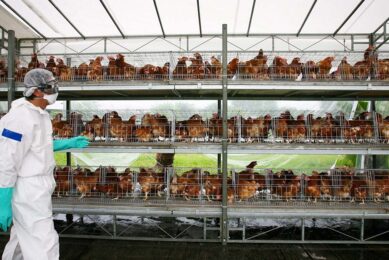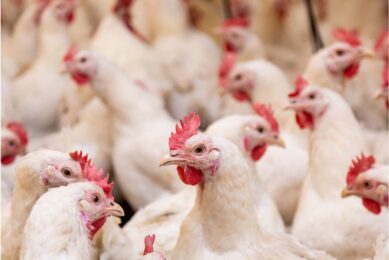Researchers identify mutations necessary for pandemic
Researchers have compared bird flu viruses infecting birds with those infecting humans, identifying key genetic changes required before the virus can become a pandemic strain.
The research, reported in the November 16 issue of the journal Nature, illustrates the genetic changes required for the H5N1 avian influenza virus to adapt to easily recognise the receptors that are the gateway to human cells.
“We identified two changes that are important,” says Yoshihiro Kawaoka, the senior author of the Nature paper and a virologist at the University of Wisconsin-Madison School of Veterinary Medicine. “Both changes are needed for the H5N1 virus to recognise human receptors.”
The new report provides a molecular blueprint for the genetic changes required to transform a virus that only infects birds to a virus capable of easily recognising human receptors.
Receptors are molecules on the surface of cells that permit the virus to dock with the cell and commandeer it to initiate a cascade of infection. By knowing what genetic changes are required for the virus to easily infect human cells, it may be possible to detect the emergence of pandemic strains earlier, providing public health officials and vaccine manufacturers with precious time to prepare for a global outbreak of highly pathogenic influenza.
The researchers say that, while the virus has changed since it was first discovered, there are still mutations that are necessary before avian flu viruses can easily recognise the topography of human cells.
More mutations will be required for the virus to fully adapt to humans, but it is not known how many mutations are needed for such a change, according to Kawaoka, who also holds an appointment at the University of Tokyo.
Join 31,000+ subscribers
Subscribe to our newsletter to stay updated about all the need-to-know content in the poultry sector, three times a week. Beheer
Beheer








 WP Admin
WP Admin  Bewerk bericht
Bewerk bericht